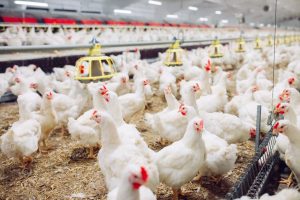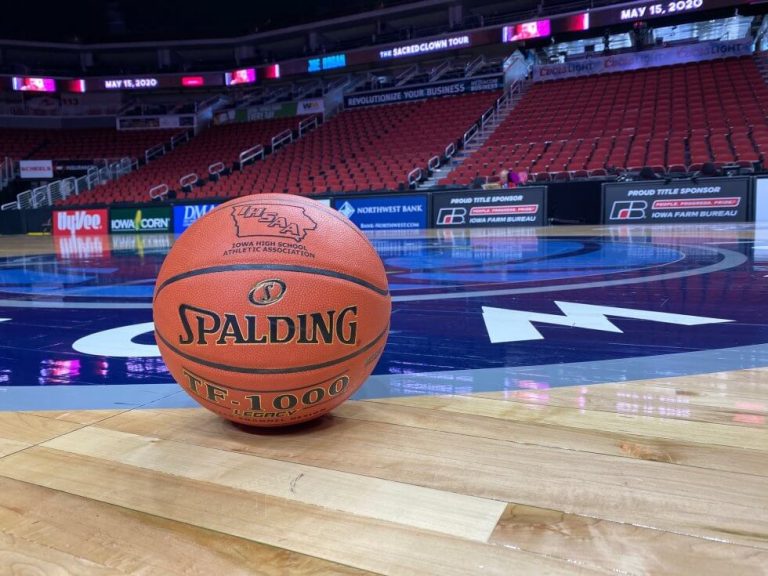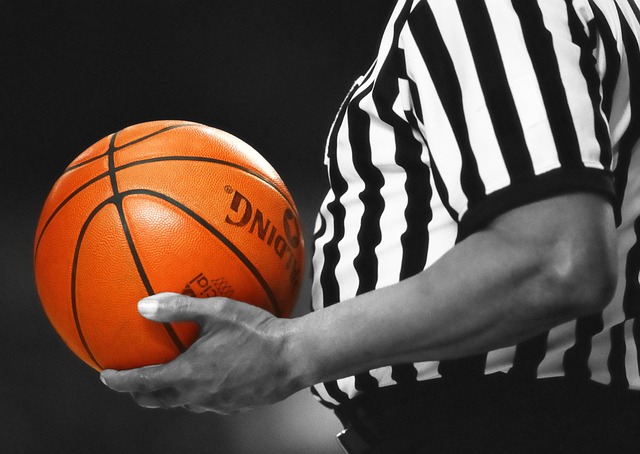Spirit Lake, Iowa – The Iowa Department of Natural Resources, working with the East Okoboji Lakes Improvement Corporation, started the first phase of the curlyleaf pondweed management strategy for the Iowa Great Lakes on April 26th.
About 60 acres of curlyleaf along shorelines was treated with an herbicide approved for use on lakes to provide some relief around docks and boat ramps.
Iowa DNR Fisheries Biologist Mike Hawkins says the first use of the herbicide in 2018 treated the areas just outside of the dock on about 4.25 miles of shoreline. He says last year’s application on the north end of East Okoboji Lake and Lower Gar Lake proved safe and effective treatment, so this year they treated a little over 8 miles of shoreline.
Curlyleaf pondweed is an invasive plant first discovered in the Okoboji chain in the mid-1900s. It has been in all of the lakes since that time, but has caused navigation and lake access issues in recent years. Under the right conditions, this underwater plant can form dense mats making it hard to get through. A series of late and unseasonably warm fall seasons has allowed this plant to gain an advantage and increase in density.
Unlike native aquatic plants, curlyleaf pondweed germinates in the fall and takes advantage of the long growing season created by mild conditions, according to Hawkins. He says it grows under the ice and dies back in mid to late June. Once the plant starts to dominate, conditions for its growth improve even more because it clears the water and lets more sunlight shine through.
Although curlyleaf pondweed is widespread and causes problems throughout the United States, management strategies are mostly limited to spot treatments while attempts to eliminate it have failed. Larger treatment area control is being investigated and evaluations are underway in Iowa and other states.
Over the past few years, Hawkins says they’ve worked with the community to design a strategy to treat the plant near shore and in a series of boating paths. He says they’ve done that with a combination of herbicide and mechanical harvesting. Last year the group raised money and received state funding to treat 60 acres of curlyleaf. This year around 85 acres of the plant will be treated.











